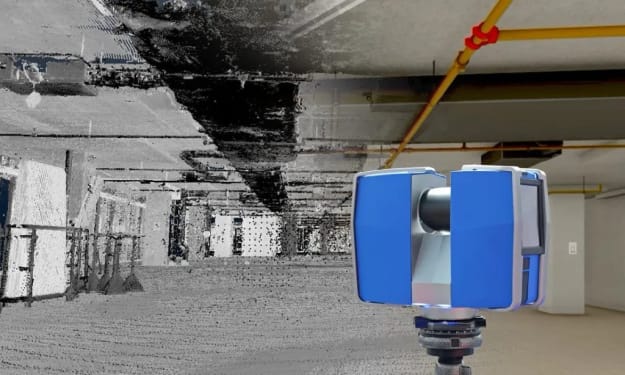Best 30 Cars to buy under $10k dollars
read more

There are many great cars available for under $10,000, depending on your preferences and needs. Here are 30 options, in no particular order:
1. Honda Civic (2006-2011)
2. Toyota Corolla (2003-2008)
3. Mazda3 (2004-2009)
4. Toyota Camry (2002-2006)
5. Honda Accord (2003-2007)
6. Ford Mustang (1999-2004)
7. Subaru Impreza (2002-2007)
8. Nissan Altima (2002-2006)
9. Acura RSX (2002-2006)
10. Volkswagen Golf (2006-2010)
11. BMW 3 Series (1999-2006)
12. Lexus ES (2002-2006)
13. Dodge Charger (2006-2010)
14. Ford Focus (2008-2011)
15. Toyota Matrix (2003-2008)
16. Nissan Maxima (2002-2006)
17. Chevrolet Corvette (1997-2004)
18. Audi A4 (2002-2008)
19. Infiniti G35 (2003-2006)
20. Volvo S60 (2001-2009)
21. Jeep Wrangler (1997-2006)
22. BMW X5 (2001-2006)
23. Mercedes-Benz C-Class (2001-2007)
24. Honda CR-V (2002-2006)
25. Toyota RAV4 (2001-2005)
26. Subaru Outback (2005-2009)
27. Nissan Frontier (2005-2010)
28. Mitsubishi Lancer (2002-2007)
29. Ford Ranger (2001-2009)
30. Mazda MX-5 Miata (1999-2005)
Please note that the availability, condition and price of these cars may vary depending on your location and other factors. It's always important to do your research, inspect the car thoroughly, and take it for a test drive before making a purchase.
What are some common issues to look out for when buying a used car?
When buying a used car, there are several common issues that you should look out for to ensure that you are getting a reliable vehicle. Here are some of the most important things to check before making a purchase:
1. Mechanical Issues: Check the car's mechanical systems, including the engine, transmission, brakes, and suspension. Look for any signs of wear or damage, such as leaks, rust, or worn-out parts.
2. Mileage: Check the car's mileage to get an idea of how much wear and tear it has undergone. Be wary of cars with high mileage, as they may require more maintenance and repairs.
3. Accident History: Check the car's accident history to see if it has been in any collisions in the past. This information can usually be obtained through a vehicle history report.
4. Rust: Check the car's body for any signs of rust or corrosion, as this can be a sign of structural damage or poor maintenance.
5. Interior Condition: Check the car's interior for any signs of damage or wear, such as torn upholstery, cracked dashboards, or broken controls.
6. Electrical Systems: Test the car's electrical systems, including the lights, radio, and air conditioning, to ensure that they are working properly.
7. Tires: Check the condition of the tires, including the tread depth and overall wear. Worn or bald tires can be a safety hazard and may need to be replaced.
8. Maintenance Records: Check the car's maintenance records to see if it has been regularly serviced and maintained. A well-maintained car is less likely to have issues in the future.
9. Test Drive: Take the car for a test drive to get a feel for how it handles and to check for any unusual noises or vibrations.
By checking these areas, you can help ensure that you are getting a reliable used car that will meet your needs and provide you with years of trouble-free driving.
What are some signs of wear or damage to look for in the engine?
There are several signs of wear or damage to look for in a used car's engine when inspecting it before buying. Here are some of the most common:
1. Fluid Leaks: Check for any signs of fluid leaks, such as oil, coolant, or transmission fluid, which can indicate worn-out gaskets, seals, or hoses.
2. Unusual Noises: Listen for any unusual noises coming from the engine, such as knocking, ticking, or whining, which can be a sign of worn-out bearings, piston rings, or other internal components.
3. Smoke: Look for any smoke coming from the exhaust, which can be a sign of worn-out piston rings, valve seals, or other internal components.
4. Low Compression: Check the engine's compression using a compression tester, which can indicate worn-out piston rings, valves, or head gaskets.
5. Poor Performance: Test the engine's performance by accelerating and decelerating, checking for any hesitation, rough idling, or lack of power, which can indicate worn-out spark plugs, fuel injectors, or other components.
6. Dirty or Discolored Oil: Check the engine's oil by pulling out the dipstick. If the oil is dirty or discolored, it may be a sign of poor maintenance or internal engine wear.
7. Overheating: Check the engine's temperature gauge or warning lights to see if it has been overheating. Overheating can cause serious engine damage and should be avoided.
By checking for these signs of wear or damage in the engine, you can get a better idea of the car's condition and what kind of maintenance it may need in the future. It's always a good idea to have a trusted mechanic inspect the engine before buying a used car to ensure that there are no hidden issues.
About the Creator
Car Community
high quality car stories , everything you should know about every car ever made.






Comments
There are no comments for this story
Be the first to respond and start the conversation.